What is the Average Skydiving Height?
Skydiving Tips
Posted by: Wisconsin Skydiving Center 3 years ago
The average skydiving height (exit altitude) throughout the world is 10,000 feet. This altitude is usually determined by the aircraft type used, the terrain’s starting field elevation, or as mandated by FAA flight restrictions. The majority of skydiving operators fly the tried and true, Cessna 182 aircraft; it’s the backbone of skydiving because it’s a reliable workhorse and inexpensive to operate as compared to larger turbine aircraft.
The range of skydiving exit altitudes is usually between 8,000 ft and 13,000 ft. Skydiving from above 15,000 feet requires the use of oxygen which adds to the cost of the skydive and increases the risk quotient as it opens up the possibility of becoming hypoxic. (more on this below)
Skydiving Heights – Everything You Wanted To Know!
What is the average free fall time from 10,000 feet?
Typical free fall time from 10,000 feet is about 40 seconds.
What is the average free fall time from 13,000 feet?
Typical free fall time from 13,000 feet is about 55 seconds to one minute.
How cold does it get at jump altitude?
A good rule of thumb for temperature change is 10°F for every 3,000’. In other words, if the ground temperature is 90°F, the temperature at 10,000’ would be approximately 57°F. Plan accordingly if jumping during the cooler months! Here’s some good info about jumping in colder conditions!
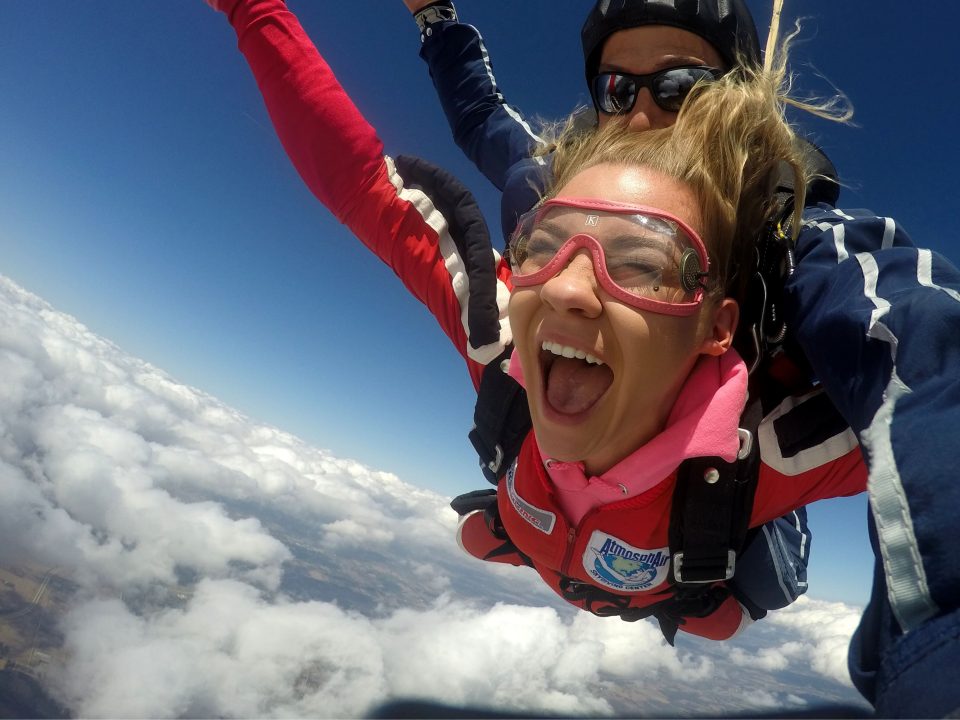
Can you skydive from 30,000 feet?
Known as a HALO (high altitude, low opening) jump, these types of skydives are usually performed by military special forces. Civilian skydivers who have a minimum C license can skydive from this altitude with additional training, the use of oxygen and have a valid FAA Class 3 medical. The typical cost for a licensed skydiver to make a HALO jump is between $650 and $700.
It is possible to make a HALO tandem skydive from this altitude, but it also requires the use of oxygen, a valid FAA Class 3 Medical, and physiological training.
Can you skydive from 20,000 feet?
Similar to the 30,000’ skydive, this skydive requires supplemental oxygen to prevent hypoxia, but doesn’t require a Class 3 medical certificate. The typical price for a skydive between 20,000 and 22,000’ is between $500 and $650 in the United States.
Can you Breathe While Skydiving?
You can breathe during a skydive. People have complained that they are unable to breathe and it’s usually due to the sensation of a 120mph wind hitting you in the face! (It’s not as bad as it sounds). The natural tendency is to hold one’s breath, but once held for too long, usually, the body will draw a big breath and you’ll have no sucking in some O2.
How high does Wisconsin Skydiving Center fly?
For tandem operations, our standard exit altitude is 10,000 feet.
Other Cool Skydiving Height Facts
What is Hypoxia?
Becoming “hypoxic” occurs when the body’s tissue doesn’t receive enough oxygen which includes the brain (a very important piece of tissue). Not enough oxygen to the brain leads to slow reaction times and poor decision making which isn’t a great thing when you’re planning to skydive. Generally, the risk of hypoxia occurs once flying above 15,000’.
How Do Skydivers Know Their Altitude?
Today, skydivers wear much more than a parachute – some of their gear includes high-tech wearables that give the skydiver a lot of data. Some of that tech includes electronic altimeters usually worn on the wrist, visual / color altimeters installed within a skydiver’s helmet, and audible altimeters placed near the ear within the helmet!
- Wrist-Mounted Altimeter – a wrist-mounted altimeter can be analog or digital and is similar to an oversized watch with large numbers for the skydiver to clearly see their altitude.
- Color Altimeters – A color altimeter is a small LED light strip installed within a skydiver’s helmet. The transition of lights indicates to the skydiver where she is in free fall and gives a bright indication when it’s time to deploy the parachute.
- Audible Altimeters – Audible altimeters are small devices placed in a pocket within the liner of the skydiver’s helmet. A predetermined set of “pip” or “chime” alerts lets the skydiver know of key altitudes during the skydive.
What altitude do skydivers generally deploy their parachutes?
In skydiving, there are many different disciplines and depending on your discipline will determine your pre-determined deployment altitude. For most licensed skydivers, the deployment altitude is 3,000 feet. Tandem skydivers usually deploy between 5,000 and 5,500 feet. There is a discipline in skydiving known as Canopy Relative Work (CReW) and this group of skydivers deploy their parachutes as soon as they exit the plane!
What is the highest skydive ever made?
The highest skydive ever made was by Google Executive, Alan Eustace. On October 24, 2014 Alan Eustace jumped from 135,889 feet (41.4 kilometers)!
What happens if a skydiver passes out during free fall and fails to pull their parachute?
As mentioned earlier, skydivers jump with some incredible technology and that also includes an automatic activation device (known as an AAD). AADs are often used when a skydiver either becomes unconscious in free fall or loses altitude awareness. An AAD measures altitude and speed and recognizes when a skydiver descends below a predetermined altitude (usually between 750’ and 1,000’). At that moment, the AAD automatically deploys the reserve parachute. Thousands of skydivers have been saved by this incredible tool.
Did Tom Cruise Really Make a HALO Skydive for Mission Impossible: Fallout?
Tom Cruise is a licensed skydiver and performed amazing skydiving stunts during the film for one of the most iconic skydiving scenes ever shot.
Ready to Make Your Skydive?
Categories:
You May Be Interested In:
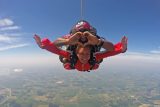
23 of the Best Skydiving Quotes and Captions for Social Media
2 months ago by Wisconsin Skydiving Center
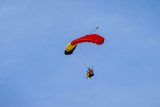
What Is Swooping In Skydiving?
4 months ago by Wisconsin Skydiving Center
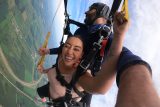
Why is Starting Out Tandem Skydiving a Good Idea?
12 months ago by Wisconsin Skydiving Center
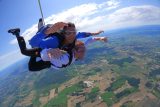
Should You Tip Your Skydiving Instructor?
1 year ago by Wisconsin Skydiving Center